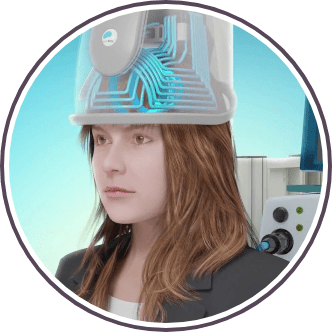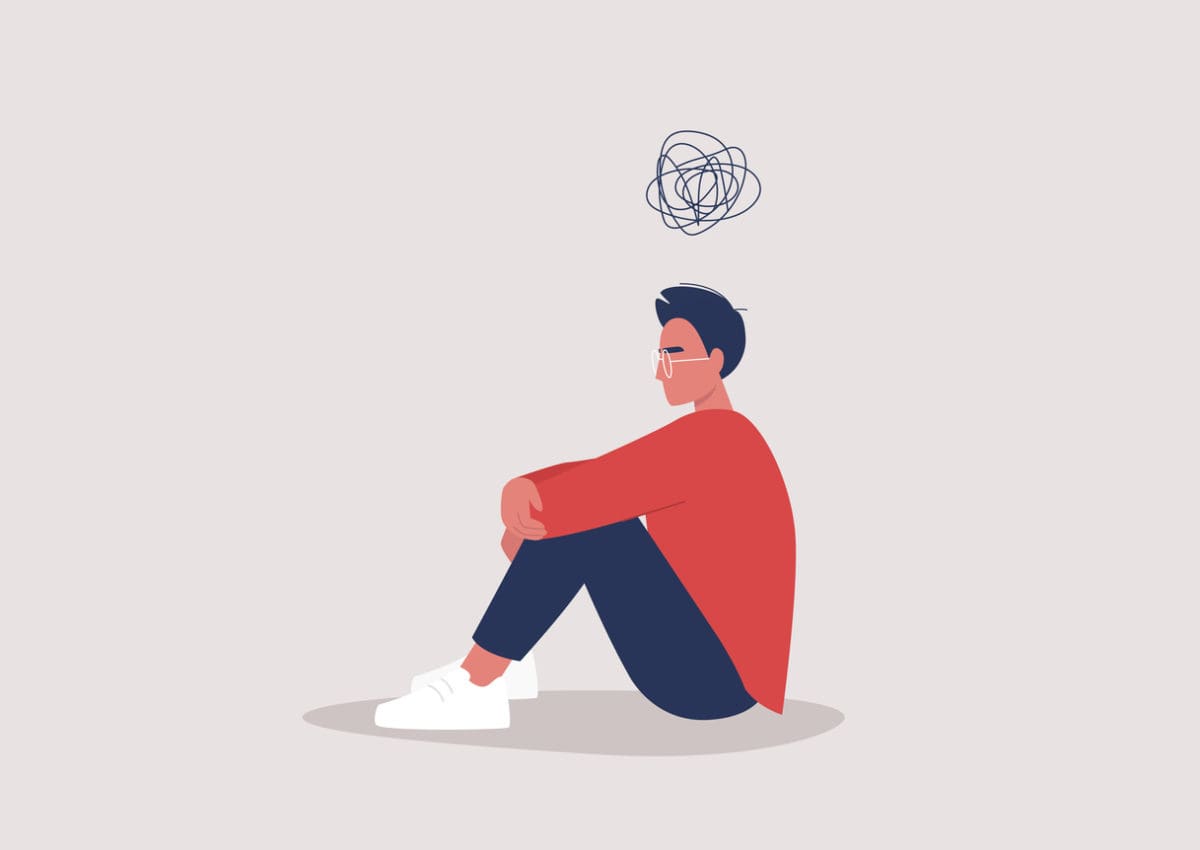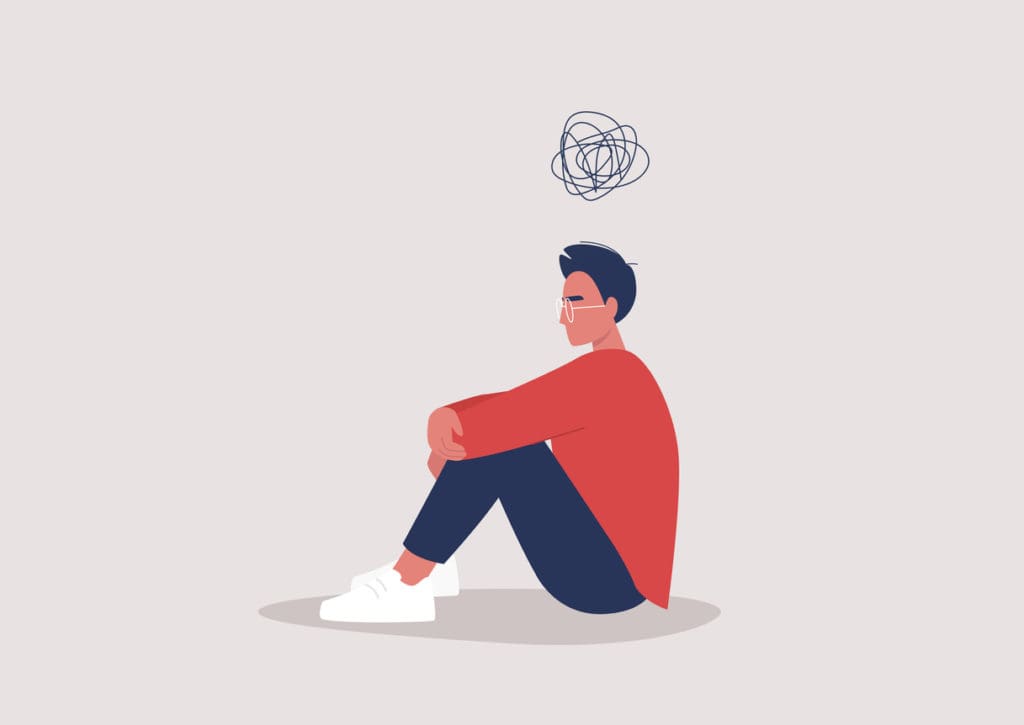
What Are TMS Therapy Side Effects?
With most treatments, there are typically side effects to consider. There are several TMS therapy side effects that you should take into consideration as well. Now is the perfect time to review both the good and bad side effects, so you feel more confident in making the right choice for your situation.
Good TMS Therapy Side Effects
- A regulated mood that comes from stimulation to the prefrontal cortex.
- Relief from depressive symptoms that are attained in about half the time as medication and/or psychotherapy.
- Remission of depressive symptoms can be achieved in as little as four weeks of therapy.
- Being free of the negative side effects (insomnia, weight gain, gastrointestinal distress, sexual dysfunction, etc.) that come from taking traditional antidepressant medications.
- Feeling well balanced and able to return to usual activities right away.
Bad TMS Therapy Side Effects
- Headaches are reported in about half of patients, but they are typically mild and temporary.
- Some patients may feel irritating scalp sensations during treatment, but simple adjustments in coil position and stimulation levels usually reduces discomfort.
- There may be a mild tapping sensation felt in the treatment area.
- Lightheadedness, eye pain, toothache, and facial twitching are uncommon, but may occur. Again, stimulation settings can be adjusted to reduce these symptoms.
- Since the TMS machine makes a loud noise, we supply earplugs to avoid any hearing issues.
There is a risk of seizure with TMS therapy, but it is extremely low, especially when up-to-date safety guidelines are followed.
More Context on the Side Effects of TMS Therapy
While both the good and bad side effects of TMS therapy are pretty straightforward, it can help to have some additional context of both sides when trying to decide if TMS therapy is the right option for you.
First, TMS therapy is a safe, non-systemic, and non-invasive solution to reducing or eliminating the symptoms of Major Depressive Disorder with a 6672.5% remission response rate. It is even effective for patients who have not had success with therapy or medication.
Second, the vast majority of patients do not experience the disturbing side effects of TMS therapy. Over-the-counter pain medication can provide relief to those who report only a mild headache or some discomfort on or near the stimulation site. Seizures are extremely rare and are estimated to take place in only one out of every 10,000 patients.
Finally, it’s important to note that information presented here comes from scientific studies that measure probability- individual responses may differ.
It is important to note that Health Canada has deemed TMS as safe and effective for Treatment Resistant Depression.
Get Your TMS Therapy Consultation Today!
If you want to love life again, but medication and psychotherapy aren’t working for you, it’s time to try TMS therapy. This very effective treatment can significantly reduce the symptoms of your Major Depressive Disorder when drug treatments don’t work or cause frustrating side effects.
Our welcoming and well-trained staff are ready to help you get started on your journey to recovery, so book your complimentary TMS therapy consultation today!














